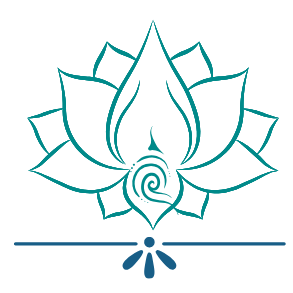I rave about affirmations because they aren’t just positive words. Our thoughts shape our lives. Even if you ignore the farfetched sides of that statement, (for which there is research suggesting it’s true), at the very basic, our thoughts are connected to our behaviours and feelings. This is a key concept in a leading therapeutic modality, Cognitive Behavioural Therapy (CBT).
If we’ve developed an inner voice, that’s more of an inner critic, consistent application of affirmations can begin to alter that voice. Somewhere along the line a thought, an idea, came to our minds that gave voice to that inner critic. Is it someone else’s voice? A parents, a sibling, other family member, (ex-)partner, teacher or your own false truth you’ve come to believe. Affirmations are ideas/thoughts we want to make firm or reaffirm in our minds/lives.
Our inner voice can become automated in certain contexts. Every time we feel embarrassed or have a setback. Every time we feel rejected or hurt, and so forth. We may have scripts or narratives, our mind plays such as “I’m dumb”, “I did it again”, “Why am I like this”, “I can’t do anything right”, “I’m worthless”. Practicing affirmations can help to recalibrate such automated thoughts. They can give our self-talk a pause & shift. Examples of affirmations are: “I’m smart”; “I am enough”; “I am capable”; “I am worthy”; “I am beautiful”; and “I am resilient”. Affirmations can challenge negative thinking patterns, offering the inner critic a different perspective, after which can help our self-talk replace the script. A set-back may have led to the thought “I’m such a screw up”, followed by be-rating oneself and potentially unhealthy coping. It can become “I am capable”, and self-talk reminding that these things happen and of past successes.
Affirmations aren’t the end all be all. They are a good place to start. They offer self-love and compassion. They reinforce challenges to false truths we come to believe and live. Ways they can be used include: having an affirmation app; journaling them; using them like a chant; scheduling them; placing them on a mirror; and/or leaving them as notes in other frequently seen places. Try making your own and observe differences you experience.
**originally published May 2, 2018
